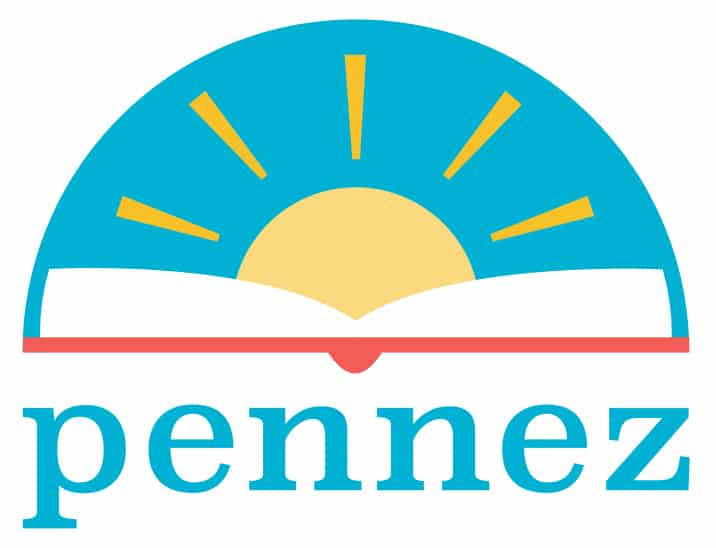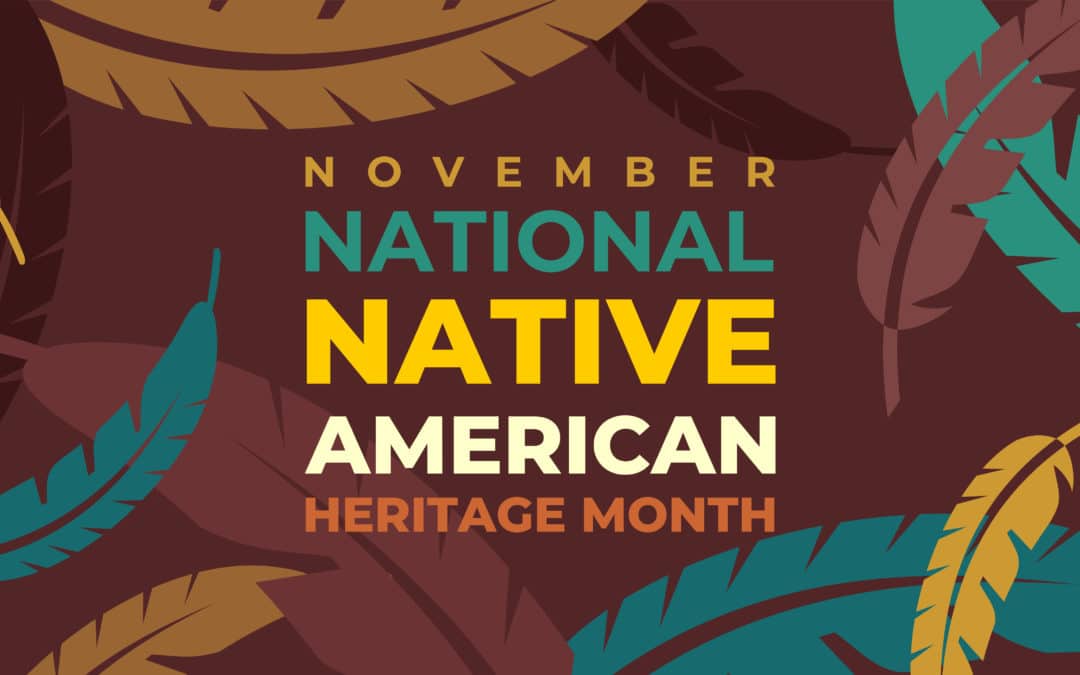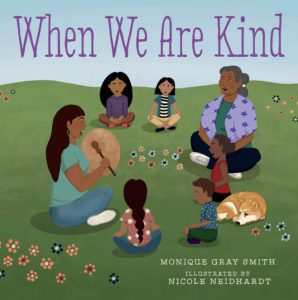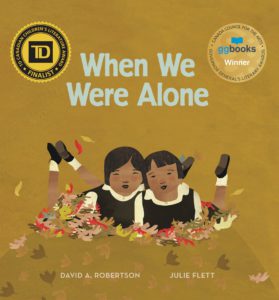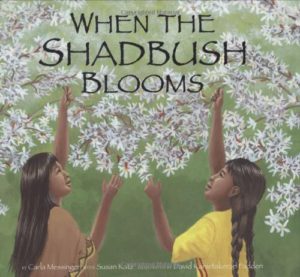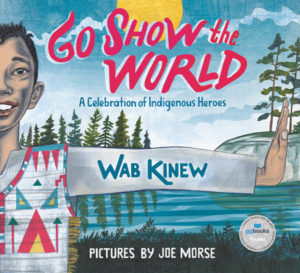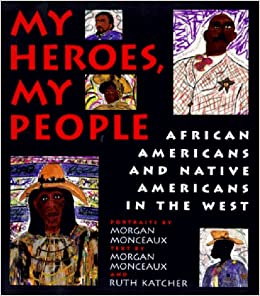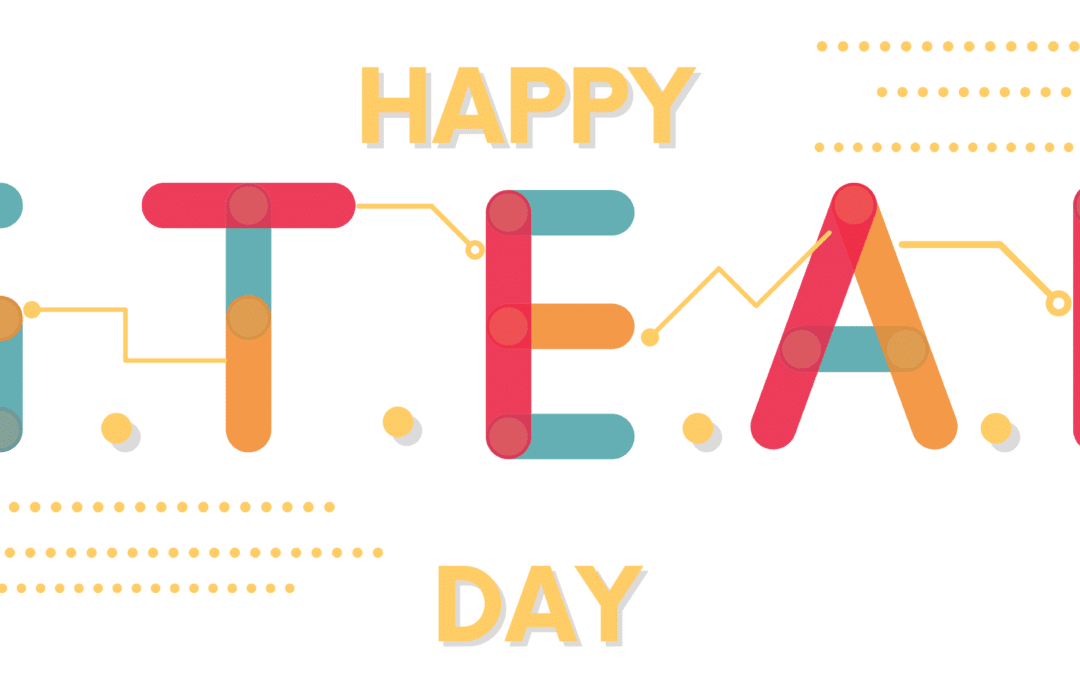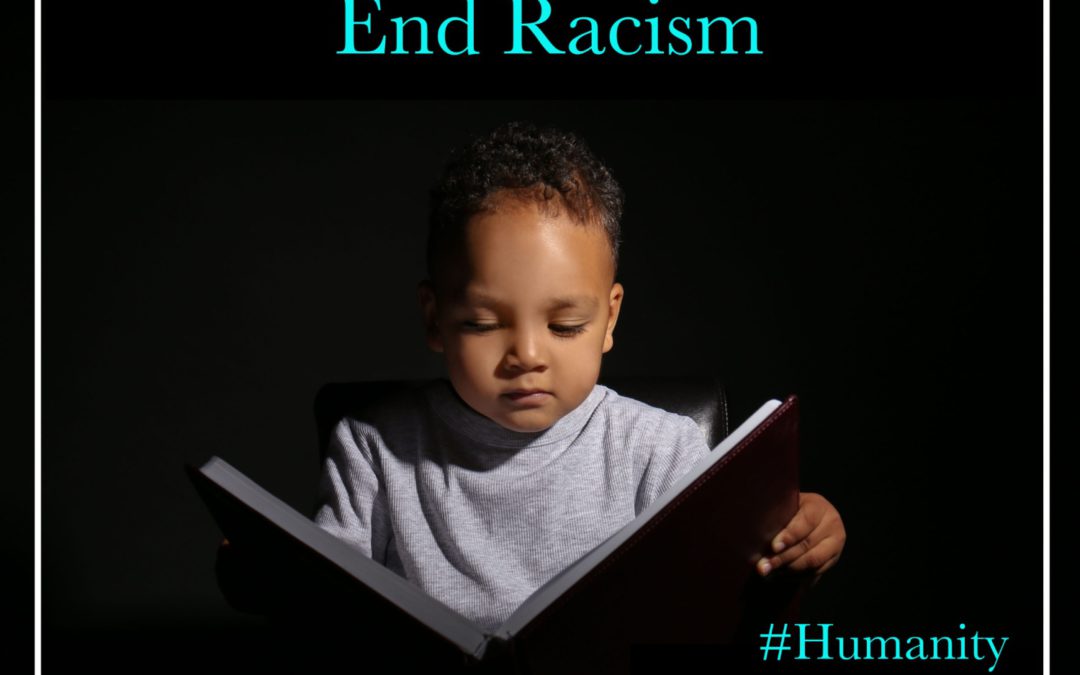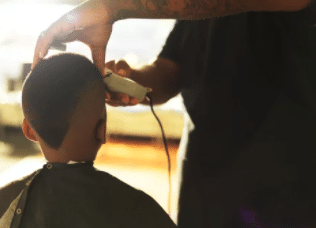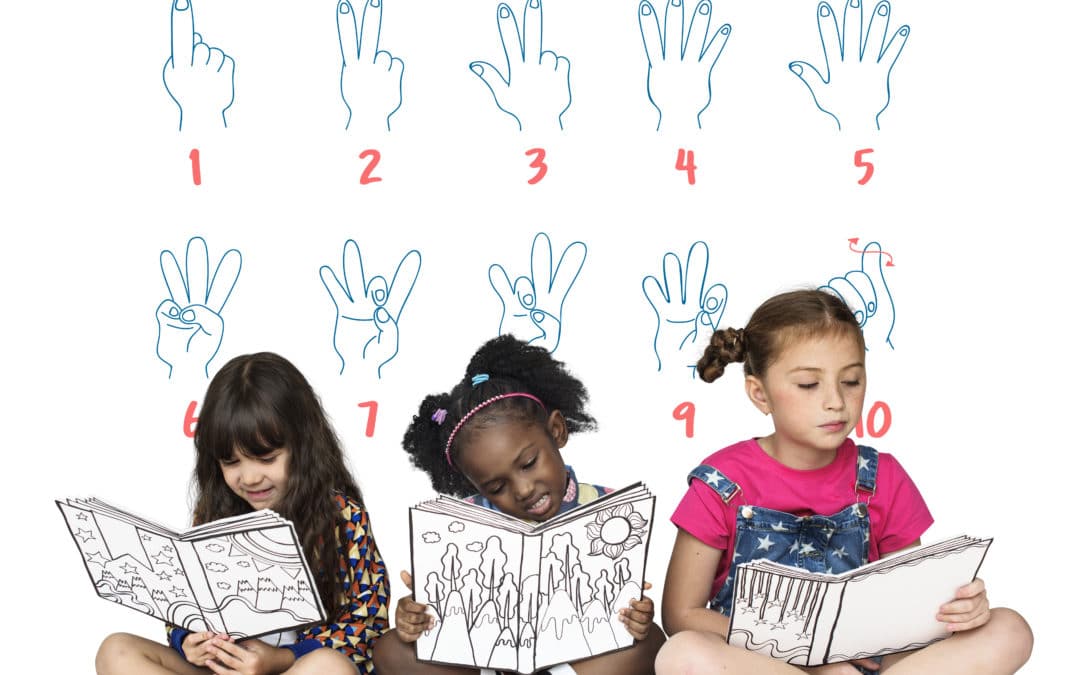
Celebrate Deaf Communities: Booklist
The deaf community has a rich culture. However, their language and experiences are still not fully understood. They have in the past have been called Dummy, Dumb, Disabled, and so much more. Throughout the years, however, thousands of deaf activists have pushed for equal rights. They brought Closed-Captioning in television & media, interpreters for national conversations, brought data that American Sign Language (ASL) is a foreign language due its word structure, visual order, syntax, and meanings. Today it has been distinguished that there is even Black ASL
To celebrate the deaf community, we are highlighting books about deaf culture. Also, each year, December 3-December 10th, is celebrated as Clerc-Gallaudet Week. This week is to remember the partnership that Laurent Clerc and Thomas Hopkins Gallaudet formed to establish a leading ASL school and university.
Below are fictional books about children’s and teens living with or living as a deaf individual.
YOUNG READERS
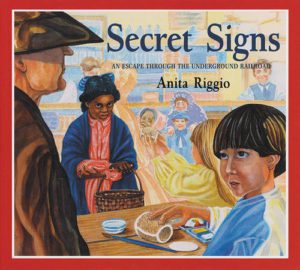
Secret Signs Along the Underground Railroad, by Anita Riggio
A mother and her deaf son hide slaves on their farm. When a slave catcher is suspicious, he threatens them. Quickly, the deaf son plans to outwit the slave catcher so he can give a message to a woman in an Indigo shawl.
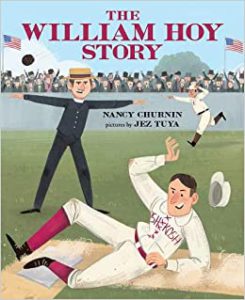
The William Hoy Story, by Nancy Churnin
William Hoy was a deaf baseball player who played for Chicago White Stockings (Chicago White Sox) from 1890-1901. Because William Hoy was deaf his family and society determined his future. However, Hoy was determined to play ball. At first, other players and officials discriminated against him. Later on, Hoy gave the Umpire signs so he knew when to bat or if there was a strike. Remarkably signs in baseball are currently used. With the noise of the players and audience it is easier to sign than speak. We can thank William Hoy for his determination, grit, and passion for baseball.
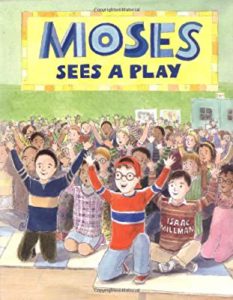
Moses Sees A Play, by Issac Millman
1 out of the 4 Moses themed books is about a deaf boy named Moses. In this story, Moses befriends a boy named Manuel. Moses teaches Manuel signs and learns how deaf actors perform.
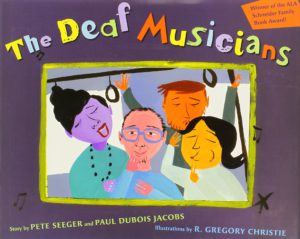
The Deaf Musicians, by Pete Seeger and Paul Dubois Jacobs
A musician loses his hearing and has to find another way to celebrate his musical gifts. He befriends other deaf musician during his ASL studies. Lee and his new deaf band members performed for audiences in the subway.
Helen’s Big World, The Life of Helen Keller, by Doreen Rappaport
Helen Keller had a mind that amazed the world. She was born hearing, but due to an illness lost her hearing & sight as a baby. This story shares her story and how her life-long teacher, Annie taught her how to read and write. Annie showed Helen the beauties of this world and the injustices.
The Sound of Silence, Growing up Hearing With Deaf Parents, by Myron Uhlberg
An intermediary is a person who translates for the other. Myron describes his experiences of being an intermediary for his deaf parents.

Dad Jackie, and Me, by Myron Uhlberg
It is the summer of 1947 where Jackie Robinson is playing with an all-white professional baseball league. Uhlberg’s father is ecstatic because his father experienced discrimination, oppression, and being underestimate his entire life just for being deaf. Uhlberg’s father saw Robinson as his hero. Though this story was fictitious, Uhlberg’s father was proud to see a Black man play with white players.
TEEN READERS
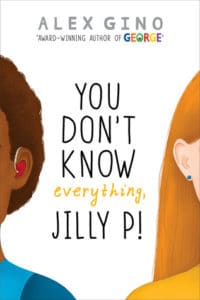
You Don’t Know Everything Jilly P, by Alex Gino
New big sister Jillian has a new baby sister. When her parents discover that their baby Emma is deaf, they are upset. The doctors take action on creating hearing aids and even recommending a Cochlear Implant. However, when Jillian pushes back and asks if they will be learning sign language, they dismiss it. Her parents want to give Emma the chance to live amongst Hearing individuals. Jillian pushes back on her parents wishes though. To cope, she befriends a deaf teen named Derek. Derek explains what she is doing right and wrong when it comes to deaf culture. Eventually Jilly discovers that she has much more to learn than doing to “save” Emma. Derek is a friend who gives knowledge raw that makes Jilly think and step back.

An autobiographical graphic novel where Cece became Deaf at the age of 4 after becoming sick with Meningitis. In the 1970s deafness was still a growing research field. So Cece had to wear hearing aids accompanied by a box to hear sounds. At the start, she was taught to read lips and not sign language. When it was time for Kindergarten all of the children noticed her hearing box that she carried around her neck. She felt uncomfortable and alone many times. When she became more comfortable with her hearing aid, Bell named herself “El Deafo.” She also personified herself as “El Deafo” to visualize how to handle so called friends and classmates who treated her unfairly. By the time she reached Middle School Bell became a strong girl who was embracing her deafness. You can learn more about Bell’s story here.
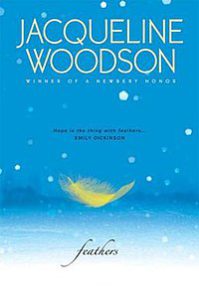
Feathers, by Jacqueline Woodson
Novel set in 1971 where Frannie deals with race, living on the “other side” of the highway, faith, and her older brother Sean’s deafness. Frannie’s brother wants to connect with hearing people so he can be in a different world. Frannie also grapples with the new boy called “Jesus Boy.” He looks white and is the only “white” student in their school, but he affirms he is not white. Woodson tells a story of an adolescent girl who learns about the ways of the world.
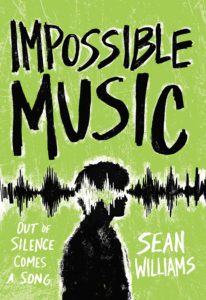
Impossible Music, by Sean Williams
Simon is a teen who became deaf due to having a stroke. When he could hear, he relished music and was even thinking about studying music at the university. With his deafness, Simon pushes back. He does not want to learn sign language, dislikes his deaf education, and even wishes his hearing came back. The author goes back and forth when Simon recently became deaf and in the present tense on being deaf. Through it all, Simon is determined to make a sound, and he creates an experience that can be seen by deaf people and hearing.
Show Me a Sign by Ann Clare LeZotte
Mary lives in a deaf community where hearing and deaf people sign. Their island is connected to the Wampanoag people who live next to them. This book is in the time period where black people were considered the lowest class, then Irishmen, and then the English freedmen. What is important is that Mary’s community did not see deafness as a disability but as a way of culture and communication. The story shifts when a man named Andrew Noble visits her community. He researches why the community in Martha’s Vineyard thrives compared to others.
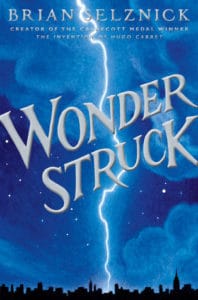
Wonderstruck, A Novel in Words and Pictures by Brian Selznick
Rose is deaf living in the 1920s where deaf people were taught to lip read and not encouraged to sign. Ben lives in the 1970s. He is struck by lightning and ends up becoming deaf. In both of their discoveries, Rose and Ben run out of their communities to discover who they are. Ben’s story is told through text and Rose’s story is told through visuals. This story connects their stories at the end where each character discovers who they are.
